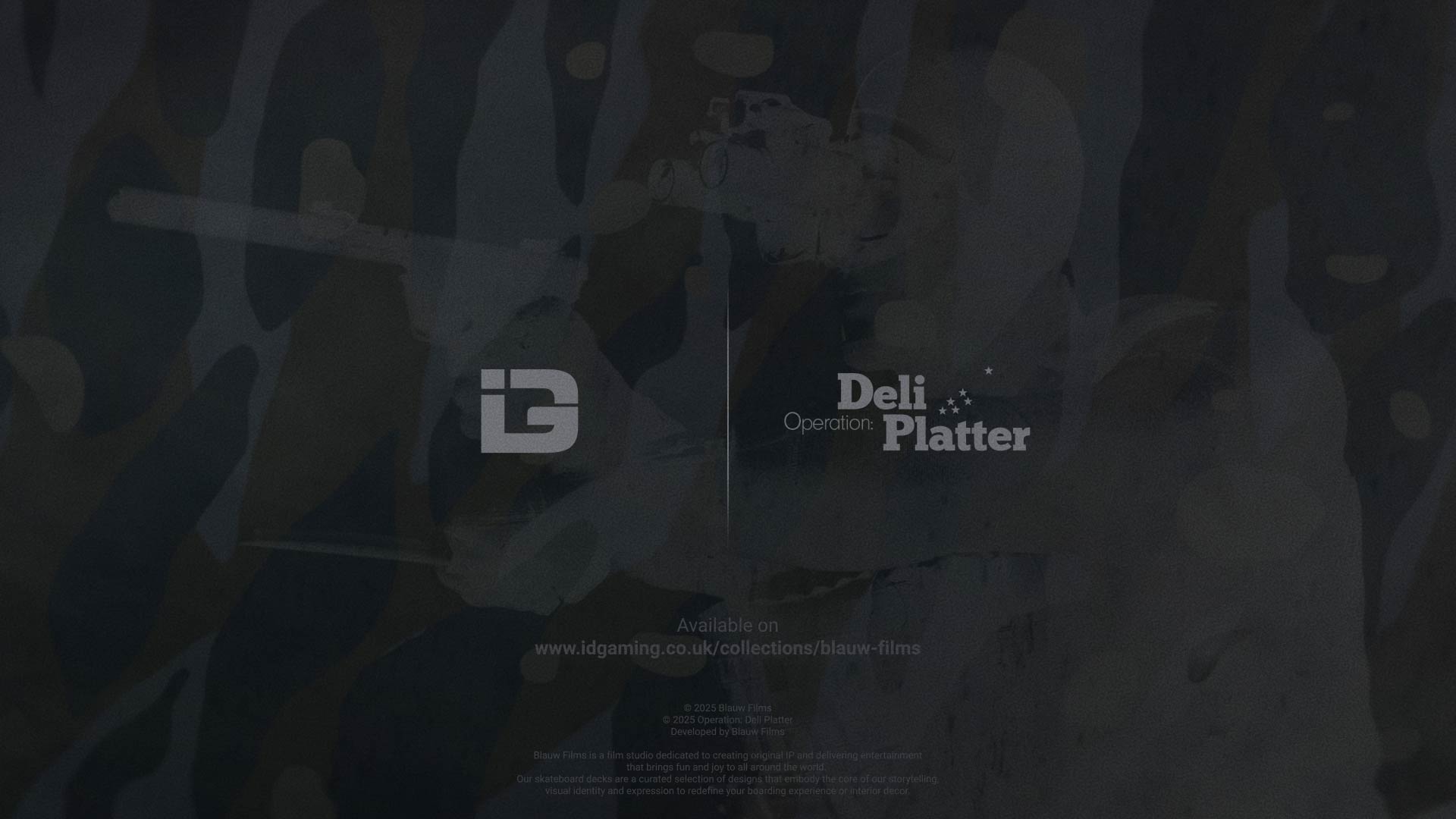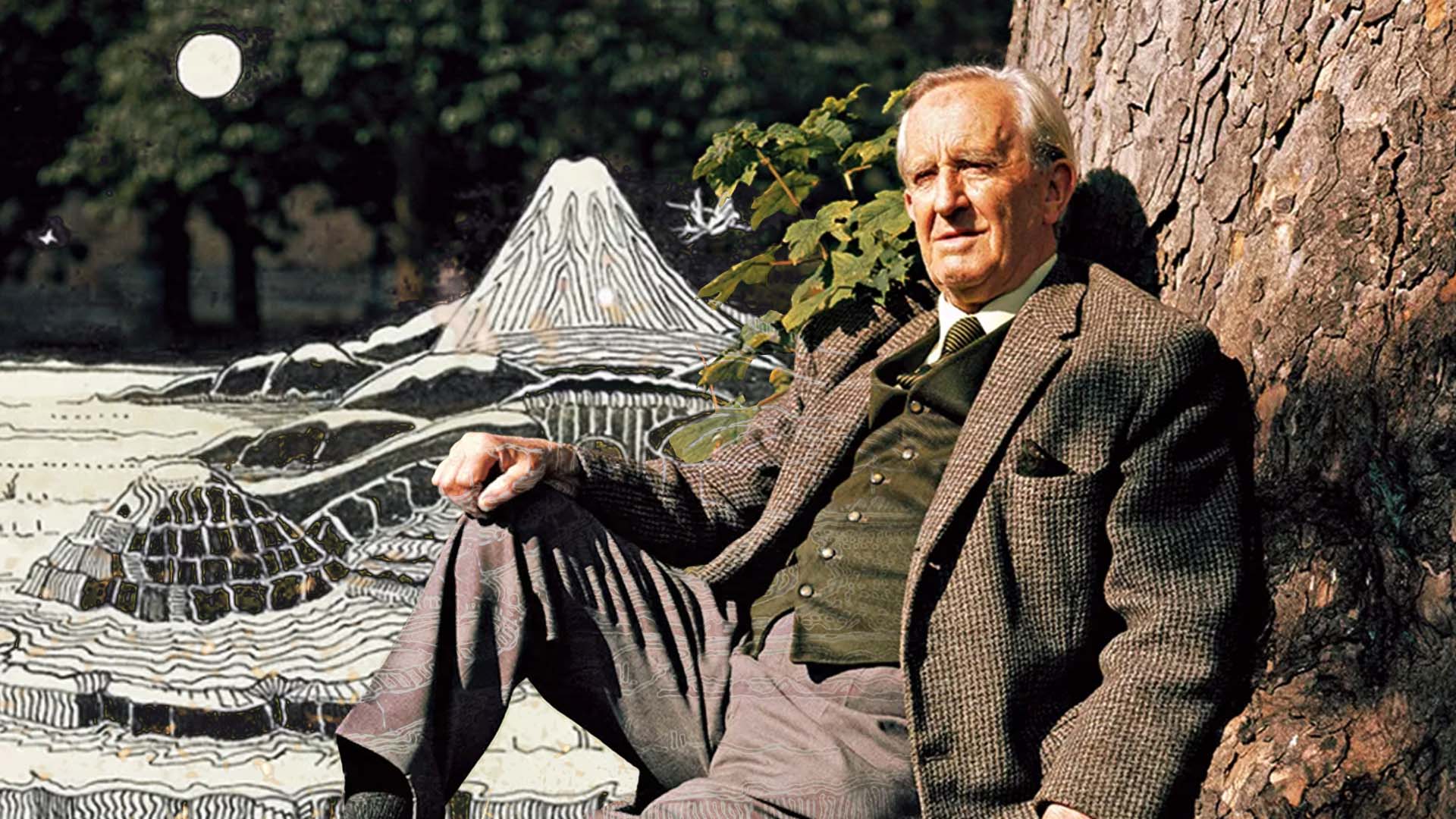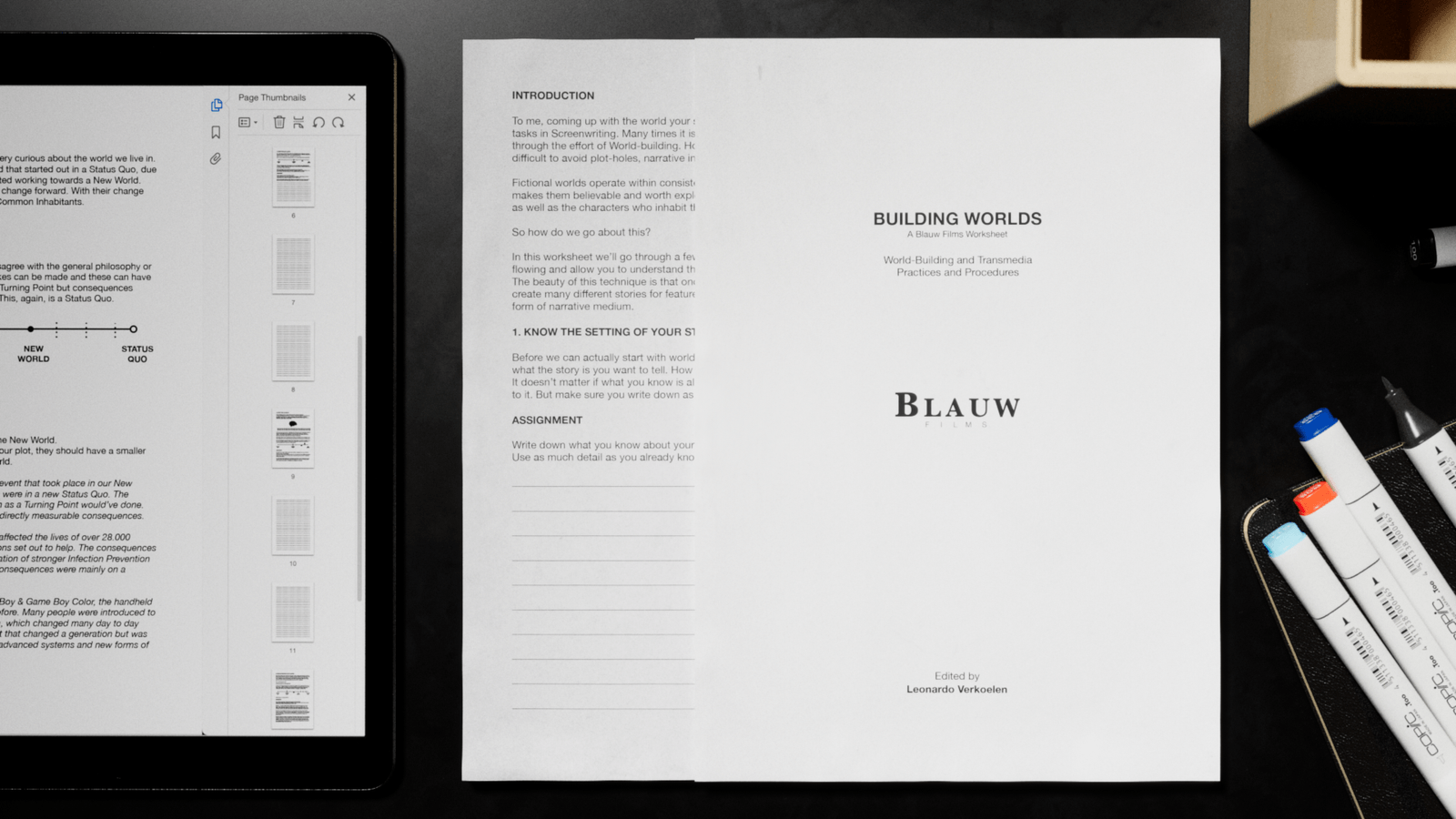Costume Design: Sponsorships and Financial Strategies for Film
How to Leverage Partnerships in Costume Design
Blauw Films

Most beginners will think of costume design as a purely creative process. But as a Head of Department, the Costume Designer has to predict costs, oversee expenses and seek out partnerships.
It is essential to be aware of how a film raises and generates cash, so that the costume department can add value to the Financial Plan and Return of Investments.
Budget Breakdowns are often drafted before a Costume Designer is hired, but a designer who can effectively leverage financial opportunities is a real asset to the production.
So let’s take a closer look.
Budget Breakdown
In this blog I will focus mostly on costume design for film. But these principles can also be applied to costume design for theater, television and even animation.
The two very first elements of a film production are:
- The Script
- The Budget Breakdown
The Script will inform the Budget Breakdown of the Production, which involves both Expenses and expected Revenue.
A complete Film Budget Breakdown consists of a two elements:
- Cost Projection
- Financing Plan
A Cost Projection is a relatively straightforward breakdown of the script, and the expected costs to get the film made. This includes the Team, the Materials to make the film, Locations, Storage, Insurance, etc.
The Financial Plan is where the money-making magic happens.
Partners and Sponsors
A Financial Plan outlines how the production will raise money to pay for Production, and how it will eventually expect to make a Return of Investment.
As the film enters Production and eventually gets distributed, the Financial Plan is tweaked and added to, with the goal to maximize Return of Investment in the long run.
Sponsorships and Partnerships are part of the Financial Plan, and can add significant value to the production. They can help to reduce costs, upgrade the visual value of a production and market the film in unconventional ways.
The list of Costume Designers collaborating with Fashion Designers, Textile manufacturers and Brands is endless. It is one of the most important revenue streams a Costume Designer can employ.
I’ll name a few examples to paint a picture of the possibilities:
Tom Ford, Aston Martin, Martini and Omega famously sponsor the James Bond franchise.

To get the latest fashion on screen for The Devil Wears Prada (2006), costume designer Patricia Field set up numerous partnerships with high-end fashion brands, including Chanel, Valentino and Calvin Klein.
For the Matrix Trilogy, Costume Designer Kym Barrett collaborated with eyewear brand Blinde to create the iconic sunglasses.
Costume Designer Jacqueline Durran has collaborated with multiple fashion houses to supply looks. Such as $2M worth of Chanel diamonds for Anna Karenina (2012).
On the premiere of Anna Karenina, Keira Knightley was dressed in Chanel, which could have been part of the deal.
Movie productions collaborating with brands to release clothing or accessory lines inspired by the movie is a classic marketing tactic.
To gain Partnerships and Sponsorships the Costume Designer has to know how to leverage the unique appeal of the film.
“Leverage” is key here.
Be creative and smart on where to get your sponsorships, and what sort of exchange of value you can offer.

Smart Budgeting
As the Costume Designer has to manage the available budget (which is always tight, no matter what), getting the most bang for your buck is highly important.
One of the things about Costume Pre-Production is the fact that you will overspend, especially if you’re shopping. You’ll have to buy way more than will eventually be used, because you’ll need options for fittings or even last-minute changes on set.
The best way to manage this is to gauge how much you’ll have to return, which you’ll get better at with practice. Setting up deals and delayed payments could also help.
A lot of Costume Design is about sourcing the perfect item. You could be working on a high-budget movie and still visit every thrift store and market in the area to find the perfect jacket.
It’s all about the vision that ends up on the screen.
Items that are worn often, seen often, or play a significant role in the visual story, are probably a reasonable thing to spend money on.
Be in tune with what matters in the shot, and where attention to the utmost detail is needed.

Transmedia and IP
Another huge part of the Financial Plan are possible Transmedia Strategies.
Think about films getting an animated series, a game, or the costumes being reproduced as Halloween costumes.
Costume Designers rarely have access to extra revenue related to Transmedia profits, as not many Costume Designers actually own any rights to their designs.
At Blauw Films, we would like to change this. We see the Character or Costume Designer as an active collaborator on the Intellectual Property of the character, and any re-distributions of the IP are paid out in the appropriate equity.

Costumes as Cultural Assets
A huge part of the long-tail Return of Investment of a film are the Cultural Assets it produces. Cultural Assets are all assets produced for the film that gain cultural value. Although it’s nearly impossible to control the value of Cultural Assets, there are many examples within the costume department that have added to the film’s cult status.
These Assets are usually valued at auctions, where they are bought by private collectors or museums. Movies with big impact create highly valued Cultural Assets, as buyers hope the value only rises in the future.
Complete costumes, fitting pictures, costume bibles, props, sketches, patterns, fabric swatches and many such things can still be found on auction websites, where some of them have been sold for tens of thousands of dollars.

Dorothy’s iconic blue and white gingham pinafore dress, worn in The Wizard of Oz (1939), is the most expensive film costume to have ever been auctioned, selling for $1,5 million.
Various costumes and props from the Star Wars franchise have been auctioned over the years.
In 2015, the helmet worn by an Imperial Stormtrooper in the original 1977 film sold for over $120,000.
Design sketches and swatches from the Harry Potter franchise, the Lord of the Rings Trilogy, the Mad Men TV series, Blade Runner (1982) and The Great Gatsby (2013) have been sold at auctions.
Fans like to bid on exclusive items that can bring them closer to the film they loved, it’s only natural these items are so sought-after. Keeping an eye out on auction websites could inform you of the possible Cultural Assets your production can create.

Conclusion
In essence, costume design in film is not just an artistic pursuit but an integral part of a film's financial strategy.
The Head of Costume must align their creative vision with the budget breakdown and financing plan. Leveraging partnerships and sponsorships can enhance the film's visual appeal and marketing potential. Additionally, considering transmedia strategies and the preservation of Cultural Assets can contribute to long-term financial success and cultural status of the movie.
I hope that by embracing these financial aspects, you too can actively contribute to a film's economic viability and cultural legacy.
At the end of the day, the costumes play a huge part in how the actors and director shape the final vision for the audience, and they cannot be counted out when thinking about the impact a film has.
Reading List
References
- Creating a Costume Bible — Hubpages
- How can you create a financial plan for a film studio with multiple projects? — Linkedin
- James Bond’s Aston Martin DB5 Is Going Back Into Production — Bloomberg
- The Devil Wears Prada costume designer Patricia Field on Andy's style evolution — Entertainment Weekly
- A first look at the world's largest Harry Potter Store — Timeout
- STAR WARS: A NEW HOPE (1977) - John Mollo Hand-coloured Darth Vader Costume Design — Prop Store Auction
- Tyler Durden Isn't the Icon You Think He Is — Grailed









.png)


















%20by%20Ivan%20Aivazovsky.jpg)
















































































0 Comments